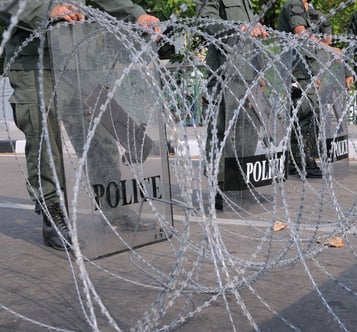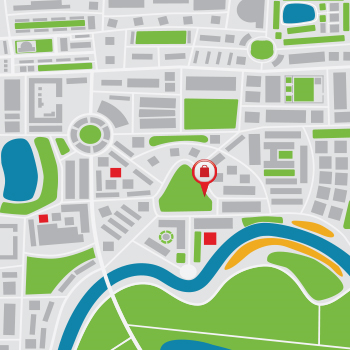Risk professionals and the insurance industry have long grasped the advantages of risk modeling, but they are just beginning to appreciate the value of predictive and geospatial analytics. The ability to predict outcomes — from the likelihood of litigation in a workers compensation claim, to the physical and financial impact of location-specific events — is not just a game-changer for risk decision making. It is the next frontier for risk management and insurance.
Until now, the insurance industry has largely focused on post-loss activities. That has been the case historically with good reason; the data and analytics to support pre-loss steps such as loss prevention and containment simply were not available. Now, however, the industry has sophisticated tools that make possible a shift to a pre-loss focus.
Predictive analytics refers to a set of tools designed to identify trends, patterns and correlations that otherwise could remain unnoticed in disparate data sources. Artificial intelligence and machine learning are foundational elements of predictive analytics, which facilitate benchmarking and outcome forecasting. Geospatial analytics expands on predictive analytics with traditional data to include the context of location, timing and historical perspective. With a geospatial approach to predictive insights, risk professionals can visualize and consider not only events that might happen but also where and when they could occur.
Asking and answering new questions
To illustrate this shift from post-loss to pre-loss action, let's consider some of the questions that predictive and geospatial analytics can consider:
- What impact could a hurricane have on a given property in its current path?
- How will higher air temperatures and rising sea levels impair assets in coastal areas?
- What locations are most prone to civil unrest that could disrupt or damage retail properties?
- How can historical weather patterns and current trends inform decisions about where to build a new property?
- What kinds of workers compensation claims are likely to be litigated?
- How high should an organization set case reserves on certain types of claims?
- Where is a business likely to see its next set of high-cost claims?
These are just. a few scenarios, but already it's clear that predictive and geospatial analytics allow organizations to ask — and answer — a variety of questions they might not have even considered before, let alone apply to their business strategies.
With natural language processing integrated in analytics platforms, questions such as these can be asked as they arise — without the need for translating queries into standard frameworks. It's possible to have a casual conversation with data about risks and business challenges that was impossible previously. Sentiment analysis, text analysis and word trending in unstructured data fields are additional capabilities that make predictive analytics powerful tools in risk decision making.
Foreseeing the next card
Anyone who has played or watched a game of blackjack, or 21, will understand that the ability to predict the sequence of dealt cards can fundamentally lower the players' odds and greatly increase his or her chances of winning. For example, if a player is dealt a card worth 10 points and knows the second card in the deck is likely to be of equal value, that insight may cause the player to refuse a third card, maximizing the chance of beating the dealer to 21. Knowing what cards are likely to come up also can prompt gamblers to increase their bets and their winnings.
Similarly, the ability to predict claims and loss events can make an enormous difference for risk professionals, their organizations and their insurers. Analytical models therefore are trained to predict with high confidence the second and third "cards" in the game. A predictive model lets risk professionals know what's coming up, and respond accordingly to mitigate risk or reduce litigation costs. The "winnings" in this scenario can include improved safety, lower loss costs and preservation of capital — all of which can be reinvested to support the underlying business.
Surfacing insights and trends in data are not about delivering software solutions. Predictive and geospatial analytics are much more about partnering with risk professionals to answer business questions.
For more information on Ventiv's analytics, please visit
www.ventiv.com.











